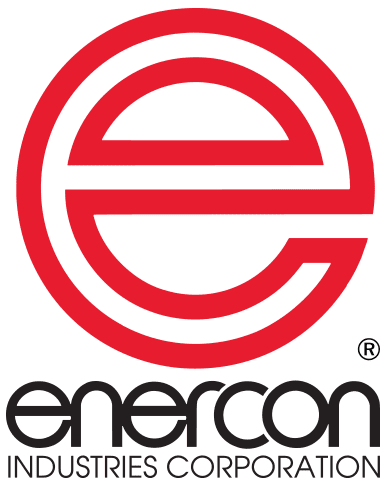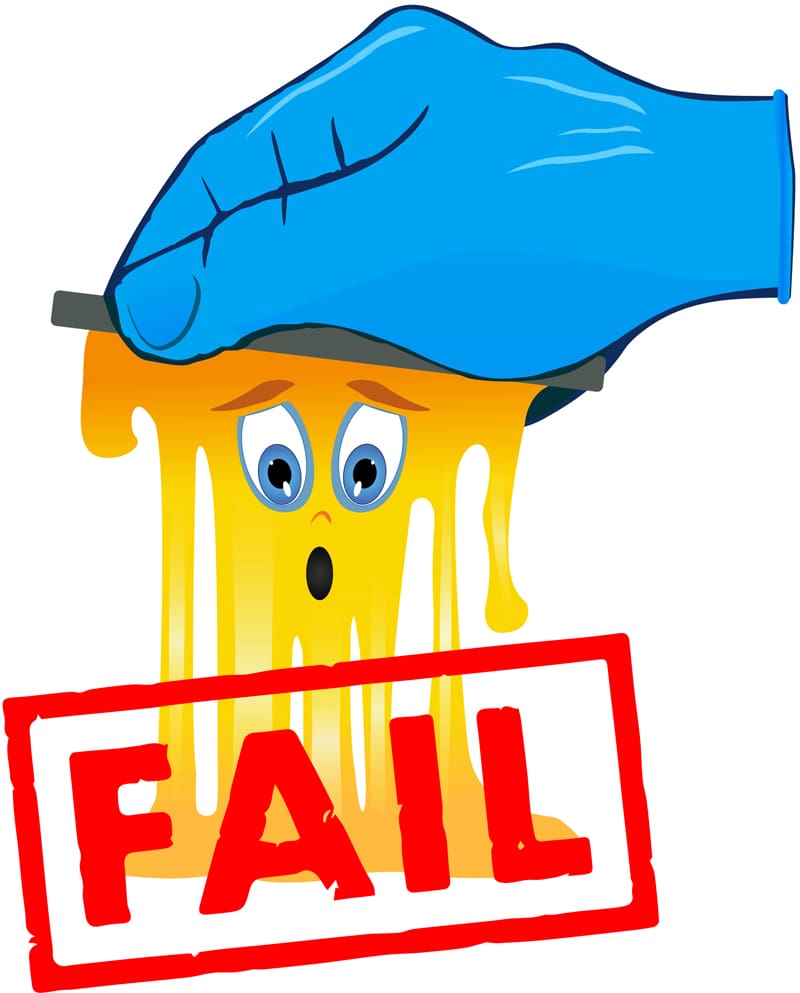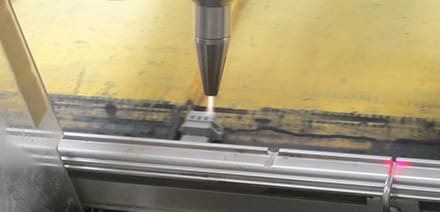Solar Glass Plasma Cleaning Removes Organic Contamination
Solar glass plasma cleaning removes organic contamination The pre-cleaning of PV glass is critical to solar module performance. The presence of minute traces of ionic particles on solar glass can compromise energy transference, directly affecting module efficiency. These ions may be deposited by previous module fabrication processes or transferred as a result of machine component…
Read MorePlasma Treatment for Adhesion Promotion of High Performance Materials used in Aerospace Manufacturing
The aerospace industry is taking advantage of alternative methods to improve the adhesion of adhesively-bonded joints of polymers and composites. Manufacturers are using atmospheric plasma to prepare surfaces for bonding to similar and dissimilar materials. Process and reactive gas components rapidly activate polymer surfaces, providing surface species which contribute to secure bonding and curing of…
Read MorePretreatment Solutions for Improving Adhesion in Electronics Applications
Blown-ion plasma and flame plasma are effective and repeatable treatment methods that take the guesswork out of electronics manufacturing bonding processes. It is imperative that manufacturers protect these electronics from moisture, corrosion, contamination, static, and mechanical shock. To prevent damage, electronics such as printed circuit boards (PCBs) are typically protected with coatings. Additional protection methods…
Read MoreHenkel Adhesives & Enercon Plasma Treatment Case Study:
Surface Treatment Effects on Adhesive Bond Strength Henkel and Enercon Industries partnered in this study to compare the effects of adhesives’ bond strength on fluoropolymers when they are pre-treated with a variety atmospheric plasma technologies. This paper takes an in-depth look at necessary alignments between the substrate type, surface modification method, and adhesive type to…
Read MoreInfographic: How to Enable Inkjet Printing on Wire & Cable
Digital inkjet printing on wire & cable provides manufacturers with productivity advantages including higher line speeds, faster changeovers, variable printing and reduced cost. This new infographic from Enercon shows how plasma surface treatment enables inkjet printing on wire & cable. It will also guide you through traditional marking methods and how to implement surface treatment…
Read MoreOptimize Inkjet Printing Adhesion for Wire & Cable Marking
Digital inkjet printing wire & cable provides manufacturers with productivity advantages including variable data, fast changeover & indelible printing at top line speeds. However, material properties, contamination, ink/material compatibility & durability requirements create challenges. Fortunately, a trilogy of suppliers has worked together to develop repeatable solutions for printing on a variety of substrates. This paper…
Read MoreDyne Level Does Not Guarantee Surface Adhesion
Dyne levels are a great indicator of your chance for adhesion success. But dyne level does not guarantee adhesion. Let’s look at a few factors that affect adhesion results. These include coating and material compatibility, surface energy, process variables, material variables and ultimately bonding requirements such as entanglement. Coating (ink, adhesive, paint, etc…) and material…
Read MoreUnderstanding the Difference Between Blown-arc and Blown-ion Plasma Systems
Air plasma surface treating systems are divided into two categories; blown arc and blown ion. Enercon’s Blown-arc™ Series air plasma technology is formed by blowing atmospheric air past two high-voltage powered electrodes and is sometimes referred to as corona treatment. The electrical discharge positively charges the ion particles surrounding it. Through direct contact, these particles positively charge the…
Read MorePlasma Treatment on Nylon66 Increases Ink Adhesion Video
Learn how WAGO uses atmospheric plasma to improve ink adhesion, product quality, and productivity with Enercon’s Blown-ion™ atmospheric plasma surface treating. Watch the video and read the complete application story.
Read MoreImproving Folding Carton Bond Strength Video
Enercon folding carton customers are currently using the blow ion plasma technology to clean, etch and functionalize surfaces of folding cartons. These materials include: polycoated, polybacked, virgin kraft board, specially coated materials, UV lacquered surfaces and recyclable materials. As a result of surface treating folding cartions prior to applying the adhesive, manufacturers are able to improve bond strength, increase line…
Read More










